They call it The Ghost fleet of Of Mallows Bay, for this is where a great number of ships are brought to rest in the shallow water of the bay. But in order to understand how these hundreds of ships came here, we have to travel back to the First World War, when America decides to join the bloodshed. The only problem was, even though they had a satisfactory number of warships, when it came to boats for transport the United States fell short.
This very fact is what prompted President Woodrow Wilson to place an order for a 1,000, 300 feet long steamers to be built. And he only gave them 18 months to do so. Given the size of the project, a commission was formed, named the Emergency Fleet Corporation, whose job was to keep an eye on all 87 different shipbuilders.
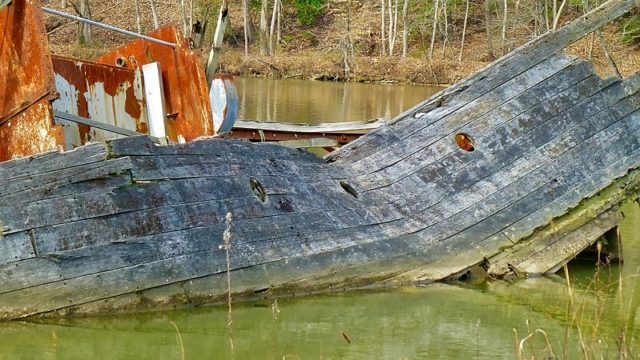
And a tedious job it was, for the shipbuilders had difficulties with sticking to the schedule. A decision was made to build the ships using wood as this would speed things up and save the much-needed steel for warship production. But despite everything, the shipbuilders were still way below their target.
They only managed to produce 134 ships out of the 1,000 ordered. Another 250 were semi-finished, but still, hundreds more were missing. And of those steamers that were finished, no more than 98 were ever delivered, and out of those only 76 were used.
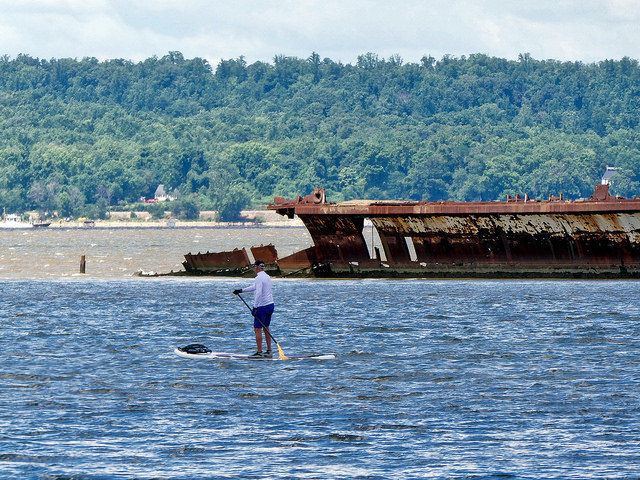
The war ended and those ships were still not finished. Their manufacture continued in the post-war period, and by mid-1919 the government had received another 260 ships.
The problem was that the steamers were now obsolete, so many of boats were docked. Given the fact that the shipbuilders were constantly under pressure to speed things up, the ships they had delivered were found to be of poor quality and numerous leaks were reported, which put a huge question mark over whether these vessels were fit to travel over long distances.
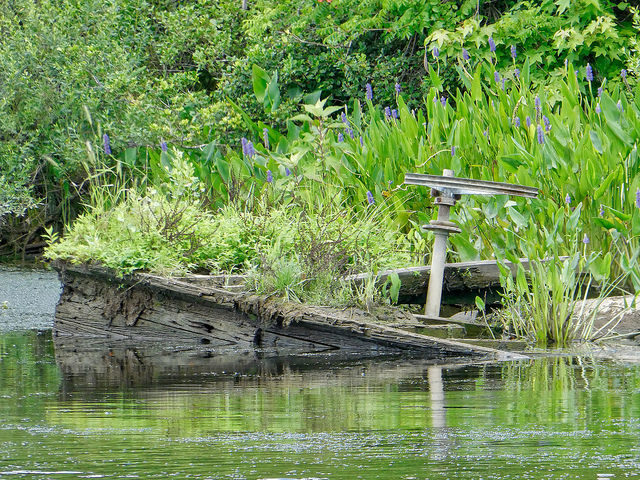
But time and technological progress itself was responsible for the death of the vessels. The diesel engine was born, steel became less expensive, and the need for coal-powered wooden boats was gone. It was at the start of the 1920s when the government saw the real folly of placing such a titanic order in the first place.
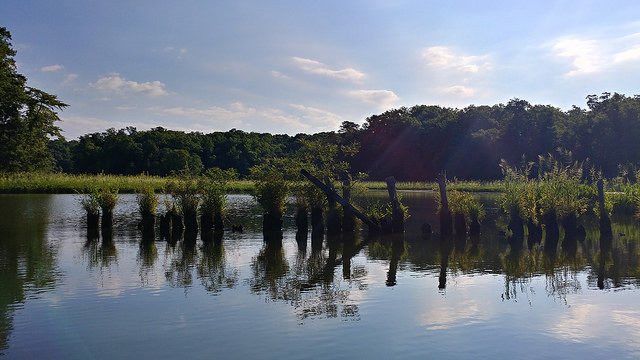
At first, around 300 vessels were docked in the in James River. And for a price of $750,000, the Western Marine & Salvage Company (WMSC) bought around 233 of them. Their plan was simple, first tow the boats to a mooring dock, next scrap everything worth scrapping, and finally set the whole fleet on fire and let mother nature take care of the rest.
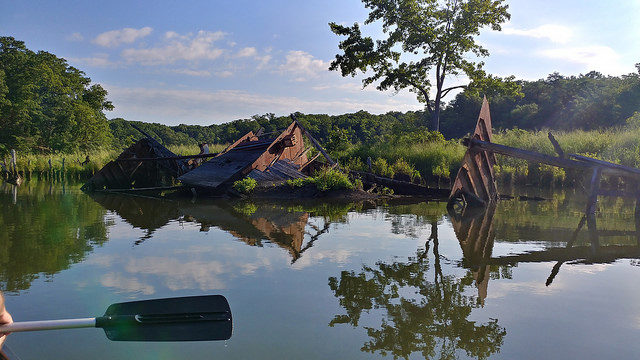
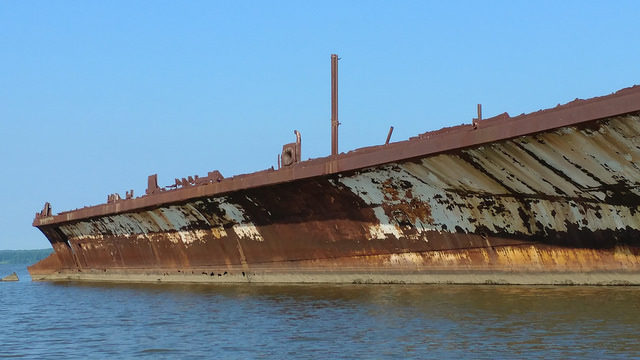
Logically, the salvage company was blocked from completing their plan by activists who worried about nature and the aftermath of burning the vessels. This forced WMSC to invest once more, and this time they bought themselves 500 acres of land right across from where their ships were docked, at Mallows Bay. The activists kept protesting, but with no significant result, for on November 7, 1925, the whole fleet was set on fire.
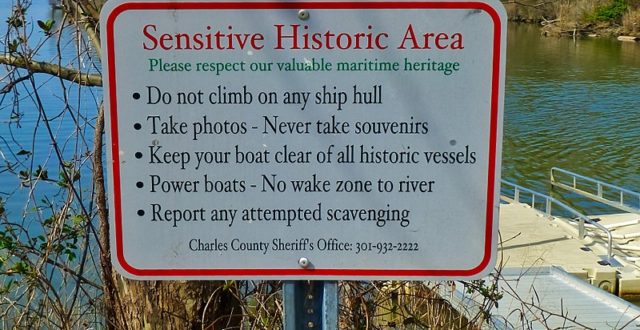
The Western Marine & Salvage Company continued their practice of scrapping ships and leaving them to rot for another five years, when the Great Depression hit the like nothing before, and WMSC went bankrupt. They abandoned Mallows Bay and everything within it. Since then, the area remains abandoned and it is listed on the National Register of Historic Places.
The area was nominated in 2014 by the state of Maryland for consideration as a National Marine Sanctuary, and 4 alternative designations are currently under review by the National Oceanic and Atmospheric Administration.
